We Should All Be Driving Hybrids. So What's Wrong With Them?
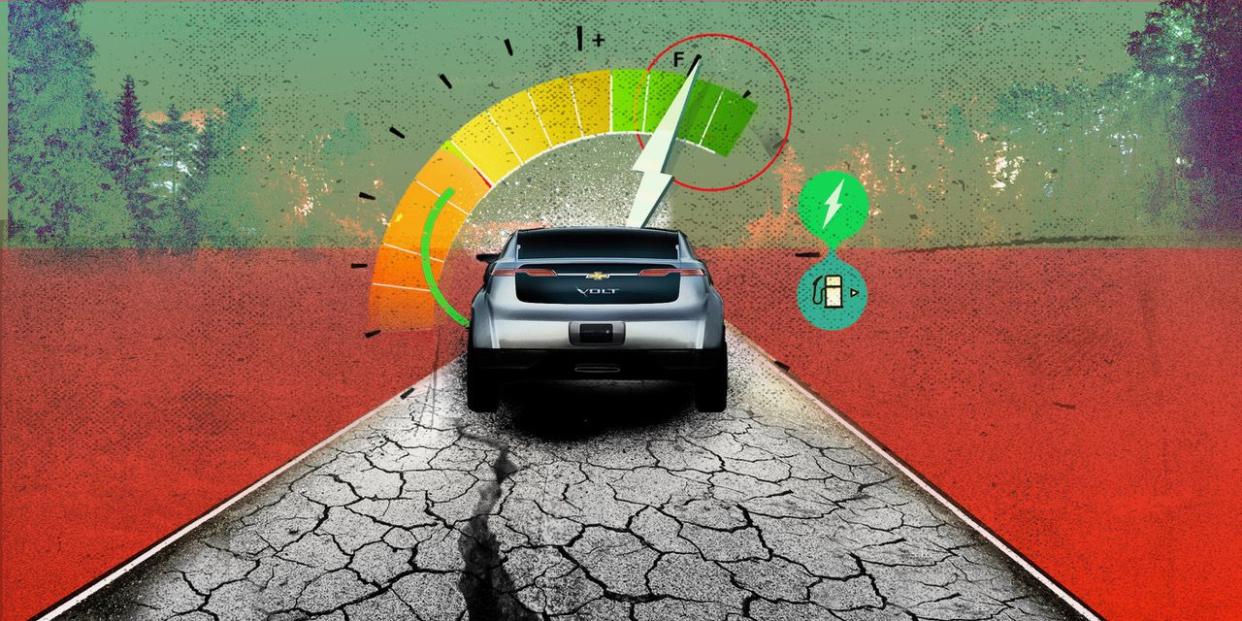
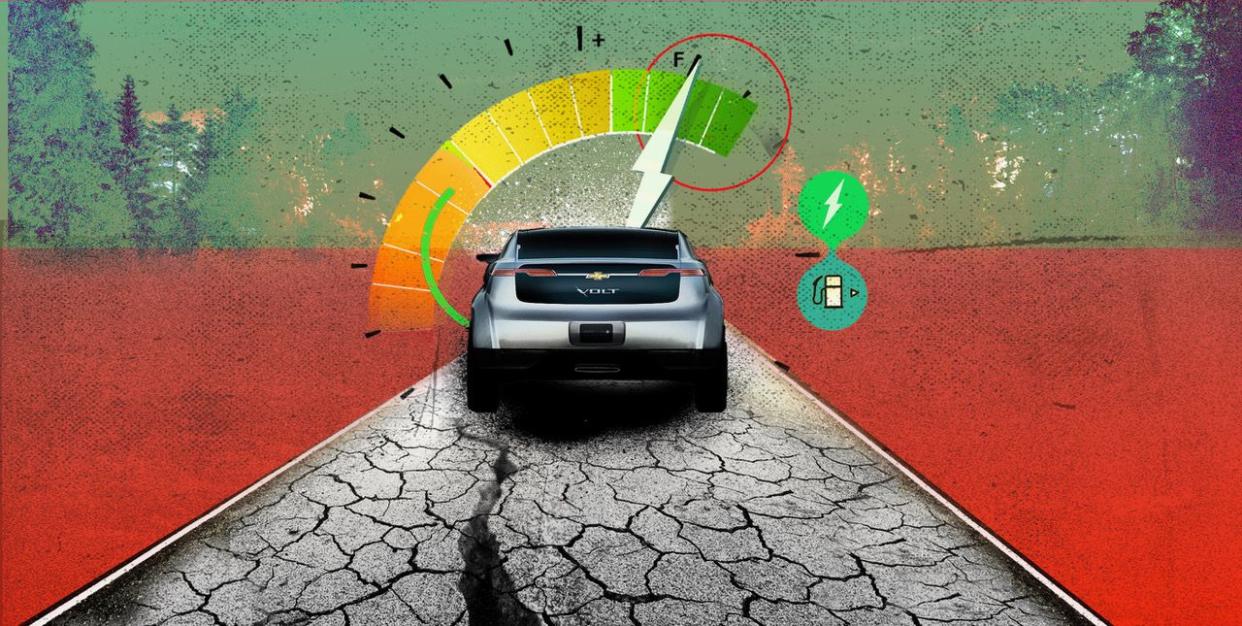
We should all be driving hybrid cars. They solve so many of the issues facing both pure internal combustion and pure electric vehicles: efficiency, range anxiety, public charging network woes, and urban air quality all stand to be improved with hybrids. But we aren’t driving hybrids. We have long-range, dragstrip-ready EVs, and we have gas cars. What’s wrong with the hybrid?
Image. Hybrid cars have an image problem. They just aren’t cool enough for consumers. This is a failure of marketing as well as a failure of positioning. Before Tesla came along and made EV’s the cool thing to have, the Prius came along and made hybrids particularly un-cool, an uncool from which they have never recovered. Jay Leno famously remarked about rich celebrities per formatively driving the Prius, “Look at this terrible egg I’m driving. Slow, wheezy, tinny. For the environment.” Then, in 2012, an American-made EV that looked like an Aston and went like stink gave the Hollywood elite new, more comfortable ways to show green love, and no celeb has been seen in a hybrid since.
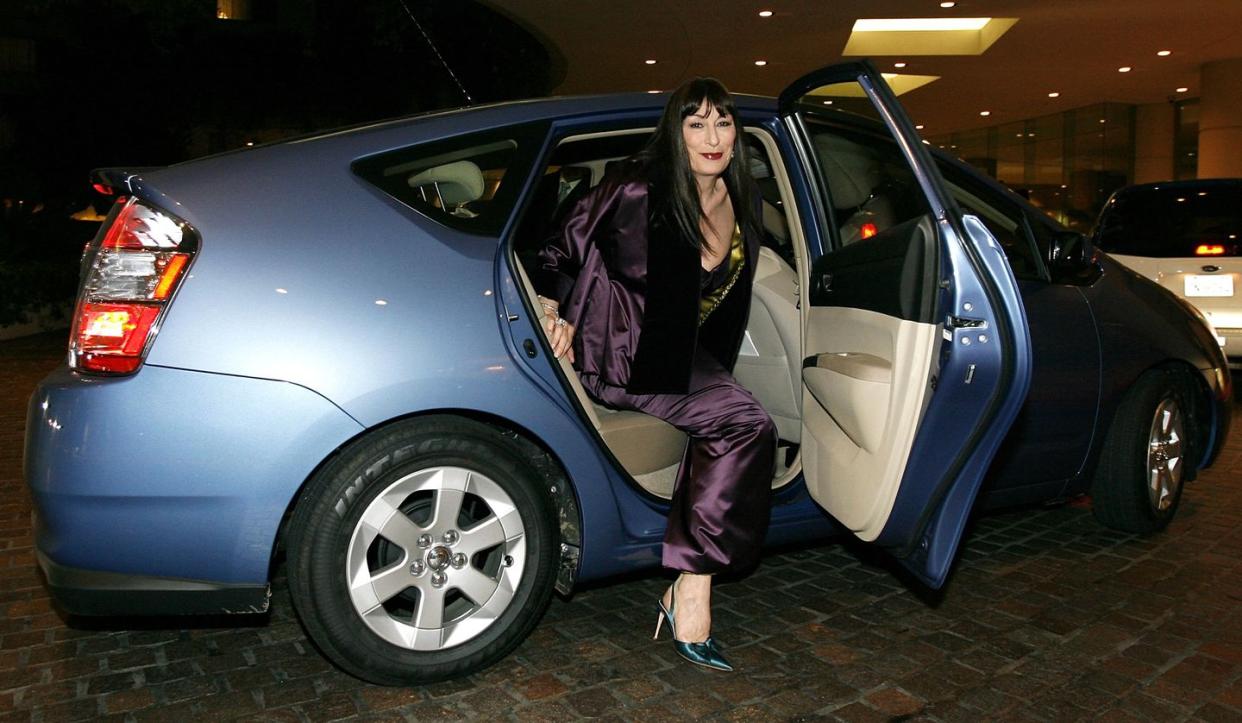
Even the bonkers, hairy-chested McLaren P1 and the Starship Enterprise Porsche 918 Spyder couldn’t bring the term hybrid back from exile in the land of Uber drivers and University of Vermont professors.
But I have a suggestion for the OEM’s who still recognize that, objectively, a hybrid is a better solution for the needs of most consumers than almost any gasoline or EV car on the market today: stop using the H word. Let’s reframe it in a way that combines today’s cool thing with something that people know they want. In fact, I got a comment the other day saying this specific thing about the Ford Lightning I drove recently. At the time I laughed it off, but it got me thinking. It read, “I would like EVs so much more if they were lighter, had more range, and charged themselves.”
How about this: “Self-Charging EV?”
The impossibility of perpetual motion machines aside, I then thought about the excellent Porsche Cayenne Turbo S E-Hybrid I drove recently. This is an incredibly fast, monstrously impressive touring machine whose own name sucks the wind right out of its spinnaker. But it is literally the vehicle the commenter asked for. It has 35 miles of electric-only range from a 17.9 kWh battery pack which can be replenished either by plugging in, or with the gasoline-powered engine it already has.

Have I not just described a Self-Charging EV?

Let’s say you can start each day with a full charge, because you have a plug at home. Many drives, especially for folks living in semi-urban areas, are under 40 miles per day, meaning for all intents and purposes you have a full-time EV. If you were to drain some of that battery power getting to the freeway, just click one button, and flick the car over to gasoline power. One more button activates “charge” mode, and, imperceptibly to the driver, the car boosts up its own battery pack, adding miles of EV range as you motor along. Now, at the other end of your freeway trip, you exit to surface streets, click back over to EV, and that’s it. Need to take a road trip? No problem, gasoline will let you drive indefinitely. Never take a road trip? Barely use a drop. Hate the public charging network? Never need it. This isn’t a hypothetical - this is exactly how I used the Cayenne e-Hybrid when I had it.
Because the battery pack is roughly 1/6th the size of a luxury EV battery, you get eight cars built for the same amount of rare earth metals it takes to build one long-range EV. That’s efficient. And even if you drive, say, 80 miles a day, (ideally, the least efficient) half of that driving is electric, saving you money at the pump. That too, is efficient. When driving on gasoline, you can make your engine pull double duty to charge up the battery while moving down the road, which is also very efficient.
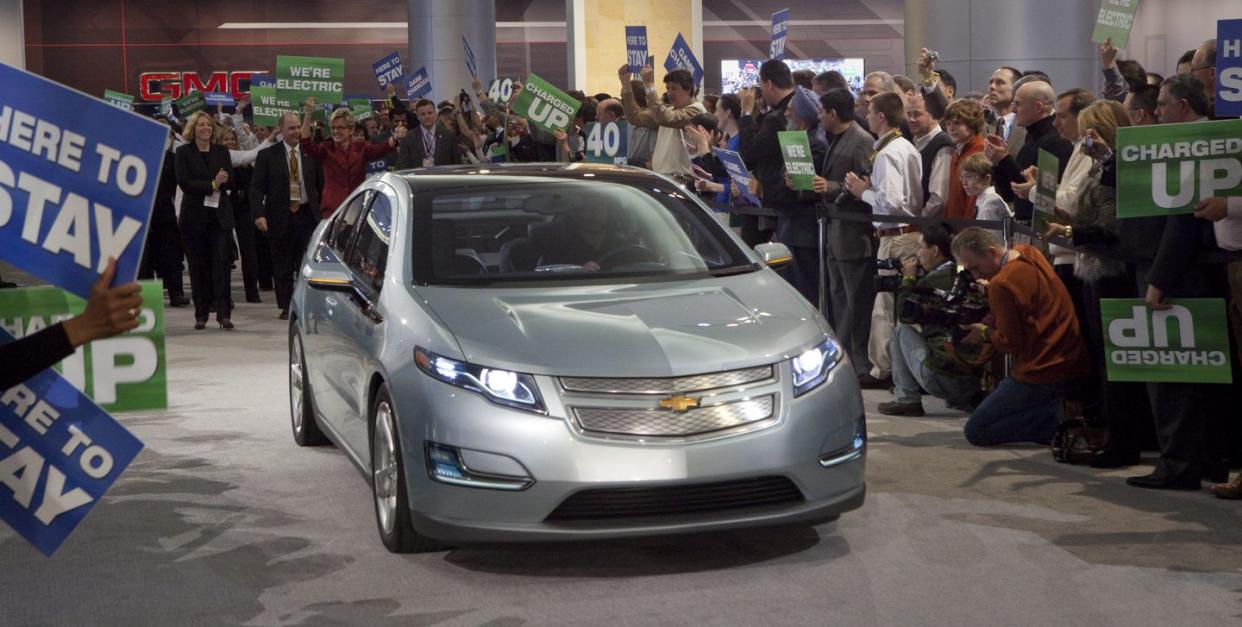
You don’t need a $150,000 Porsche SUV to get this experience, either. The absolutely wonderful Chevrolet Volt got very close for about 1/3 of the money, although its “range extender” gasoline engine would only power the car once the battery ran out; it wouldn’t add power back into the battery at the same time. It was categorized “Plug-In Hybrid,” which is very technically true, but didn’t help sell Volts. The BMW i3, on its way to the grave as we speak, was marketed as an “Extended Range EV” with a small onboard generator to supplement its electric range. Because there are different, silly rules if you want to call something “Extended Range EV” vs “Plug-In Hybrid,” in which the available gasoline range cannot exceed the available EV range, the i3 came with a comically small 2.4-gallon fuel tank. Talk about hamstringing an otherwise brilliant vehicle on a technicality.
If we re-jiggered these rules a bit and optimized 2022 technology, both of these excellent cars could get new leases on life marketed as Self-Charging EV’s.
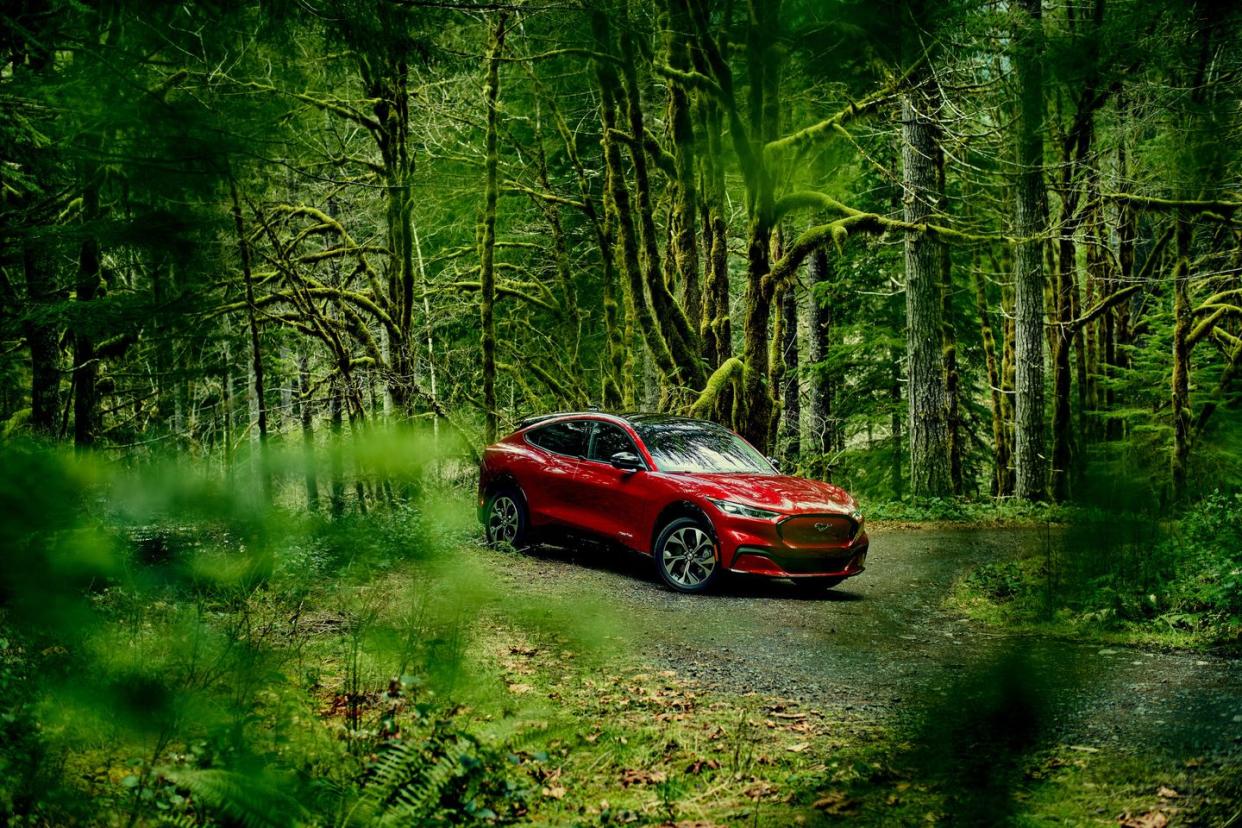
Sure, there are some downsides to a Self-Charging EV compared to a pure EV. For one, because there’s an engine up there, you don’t get a “frunk.” I love a frunk, I really do. I particularly love the frunk in the F150 Lightning, as it solves a very specific problem: having somewhere safe, dry and secure to keep luggage besides the truck bed or on the leather seats in the cab. But I’ve owned a Ford Mach-E for sixteen months now, and you wanna know how many times I’ve actually used the frunk? Zero. I’m not saying people won’t find uses for it (Ford PR trolled journalists with the world’s largest shrimp cocktail in there, for one), or that it’s not a smart use of space considering the lack of an engine. Mine has a drain plug so you can actually use it as a built-in cooler. But a frunk is more party trick than sealer of the deal for EV usability, especially when it comes to crossovers. Also, whatever powertrain you’re not using at the time still has to come along for the ride. A self-charging EV does mean extra weight, in some cases more so than a pure EV. In our Cayenne example, the battery pack and motors add approximately 600 pounds to an SUV already tipping the scales at five large. While I will concede that excessive weight is inefficient and brings other negative externalities, the ability for an EV to self-charge, for at least some customers outweighs (pun intended) the cost.

Don’t get me wrong here--I’m not suggesting that people stop buying pure EVs. I’ve driven most of the EVs on the market, and while I’m not convinced EVs will save the planet, they are very nice to drive, smooth and quiet, especially in traffic, and they do improve local urban air quality. But I am suggesting we stop talking about “range anxiety,” because that term is somewhat inaccurate. Now that many EVs are capable of 250 miles or more per charge, it’s really not the range we’re anxious about. It’s the public charging experience, which is dreadful. I can do math from station to station. I’m not anxious about range. I’m anxious about the very realistic possibility of arriving at a station and finding it crowded, working at a speed far below advertised, or, all too frequently, inoperable.
Rather than “range anxiety,” I’ve started to say “Public Charging Anxiety,” because I’d like to charge in public about as much as I’d like to poop in public: as little as possible, and only when I have no other option.
In the first sixteen months of EV ownership, I’ve noticed that I hardly ever use more than 30% charge in my daily life. I run local errands, I commute to the office, occasionally drive across the city, and then recharge overnight at home. I’m not everyone, nor am I pretending to be. But in urban areas, I find this is a shared experience.
But when I do need more, I need a LOT more--I’m going somewhere far away that requires planning, multiple charging stops and I experience massive public charging anxiety.
What if my Mach E had a battery pack a third or half the size of the one it’s got, and a small gasoline engine that acted as a generator, allowing me to never use gas until I really needed it, and then never having to poop charge in public. That would be a superior vehicle. A true self-charging EV. If you called it that, people might even understand the point, and buy one.
You Might Also Like
